The fate of the gushing Gulf of Mexico oil well, and of deep-water oil drilling in general, remained very much unresolved Monday, even as BP engineers finally installed a massive new sealing cap that could potentially enable them to shut down the well permanently.
The drama in the depths off the coast of Louisiana unfolded even as, in Washington, Interior Secretary Ken Salazar issued a new offshore drilling moratorium, trying a new tack to get around an injunction issued recently by a New Orleans federal judge. Instead of banning offshore drilling based on water depth, he barred drilling by the types of rigs and equipment used in deep water. An Interior Department spokesman said that none of the 33 rigs whose work was interrupted in May would be able to resume their activity.
“I am basing my decision on evidence that grows every day of the industry’s inability in the deep water to contain a catastrophic blowout, respond to an oil spill and to operate safely,” Salazar said.
BP and its oil-industry allies hope that in the days ahead they will gain the upper hand on the Macondo well, drilled by the Deepwater Horizon rig and spewing oil since the fatal blowout April 20. If all goes perfectly, the well could stop polluting the gulf before it is plugged at its base with mud and cement.
On Saturday, BP yanked away the “top hat” containment cap that had been lopsidedly parked on the well since early last month. Over the next 48 hours, technicians used robotic submersibles and hardware lowered from the surface to reconfigure the well’s outlet. Instead of the jagged hole of the sheared-off riser pipe, the well was fitted with a new, simple chimney-like opening, which Monday spurted a plume of oil made frothy by injected chemical dispersants.
The new chimney enabled BP to deploy a huge structure known as the “3 ram capping stack.” It has three valves that can be used to close the flow of oil. First it had to be installed — no slam-dunk in the cold, dark, highly pressurized deep-sea environment, where ice-like methane hydrates can quickly form and clog openings. With the new cap in place, oil and gas still flow out a perforated pipe at the top of the stack.
Next will come the critical “integrity test.” It’s really a pressure test. How the well performs in the test will shape everything that follows.
Before the test begins, BP will stop collecting oil from the well. Although the top hat, which funneled oil to a surface ship, is no longer in the picture, there is still oil flowing to a surface rig called the Q4000 via a line attached to the blowout preventer. The Q4000 has been burning about 8,000 barrels (336,000 gallons) of oil a day. On Monday, a new ship, the Helix Producer, began siphoning oil through a different line connected to the blowout preventer. That ship potentially could capture up to 25,000 barrels (1,050,000 gallons) a day if ramped to full production.
To test the well’s integrity, BP will gradually shut down the flow of oil and gas until the flow stops — nothing out the top, nothing to surface ships. BP engineers and government scientists will scrutinize the pressure building in the well.
“Higher pressures are good news. They indicate that the well bore has integrity,” BP chief operating officer Doug Suttles said.
If the pressure doesn’t rise as expected, that will suggest that the well has been damaged below the seafloor. Suttles played down the possibility that the test could damage the well and cause leaks into the surrounding rock formation.
But clearly these will be anxious moments in the gulf.
“The last thing you want to happen is have the well blow out and collapse around the wellhead,” said Greg McCormack, director of the Petroleum Extension Service at the University of Texas. “When that happens, you have a heck of a time killing that well.”
“You can think of it as this great big faucet that we’re going to slowly crank down and turn off the flow and then check the pressure over a period of time,” BP spokesman Steve Rinehart said Monday. The pressure readings will offer clues to what’s happening out of sight, below the gulf floor, in the well bore, Rinehart said.
“Will it hold? Or will it leak out?” he said.
If the pressure test suggests that the well hasn’t been compromised, BP will leave the well “shut in.”
That won’t mean the well is dead. The killing of the well is still the job of the relief well. About the end of this month, Suttles said, BP will intercept the Macondo well and attempt to kill it with heavy mud and then cement.
The deep-sea activity and Washington political pronouncements formed a backdrop for the first public hearing by the presidential commission investigating the spill. Oystermen and sports anglers described businesses in peril. A senior Coast Guard official testified that tar balls will wash up for “weeks, if not months.” Some witnesses pleaded for the commission to take a stand on the drilling moratorium. Among the most vocal were representatives of companies that service the oil industry. They contended that jobs will be lost permanently and that rigs will leave the region.
The commission must deliver a report to President Obama six months from Monday.
Send questions/comments to the editors.

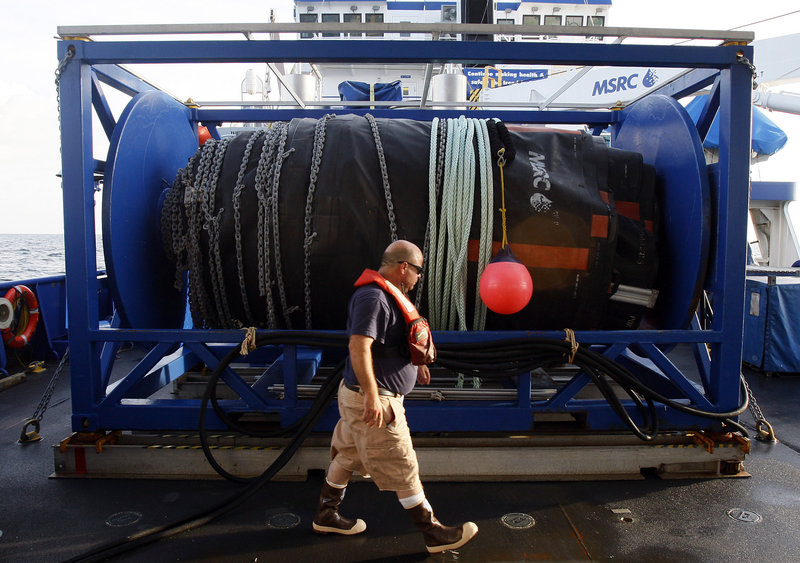
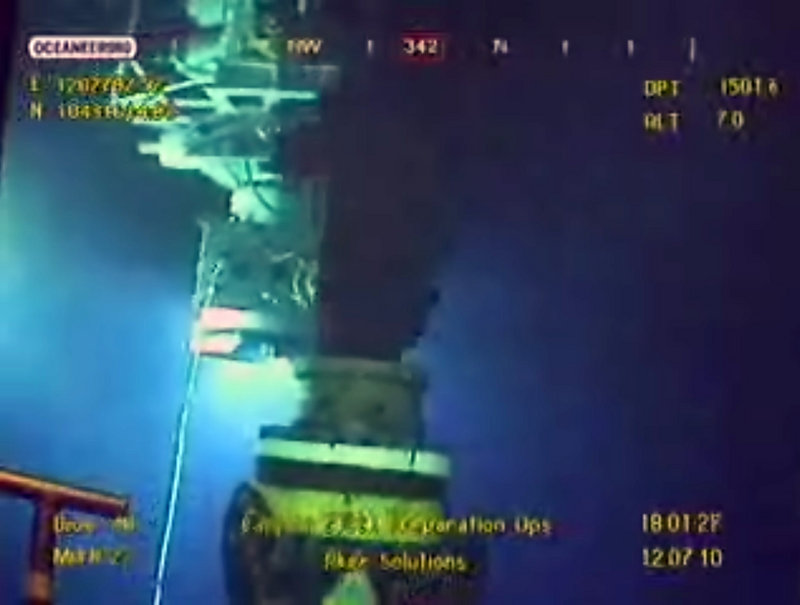
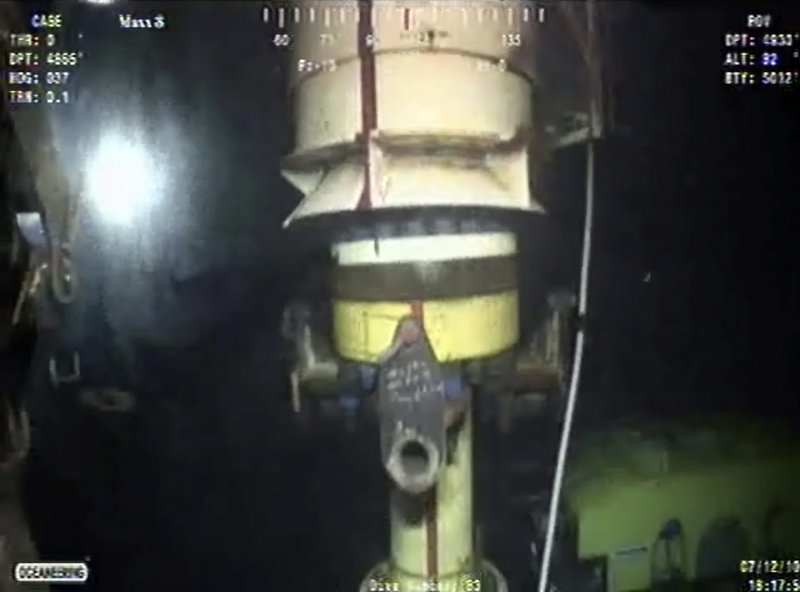
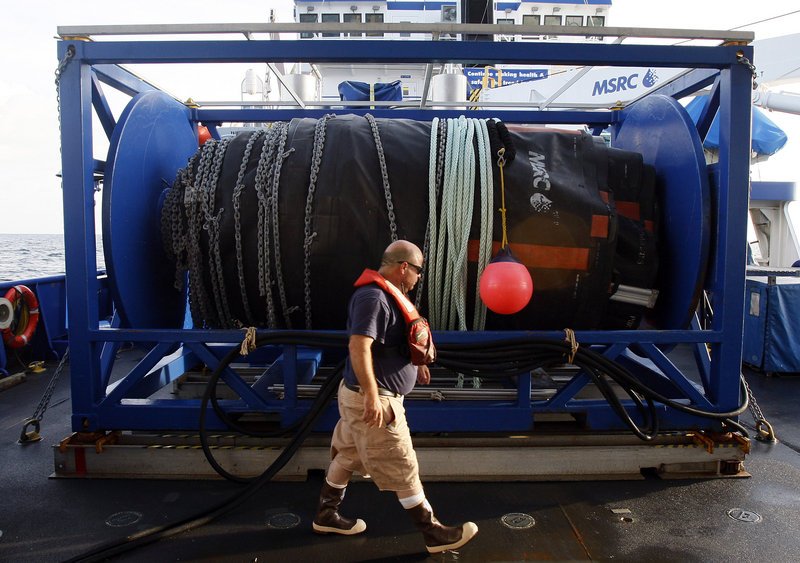
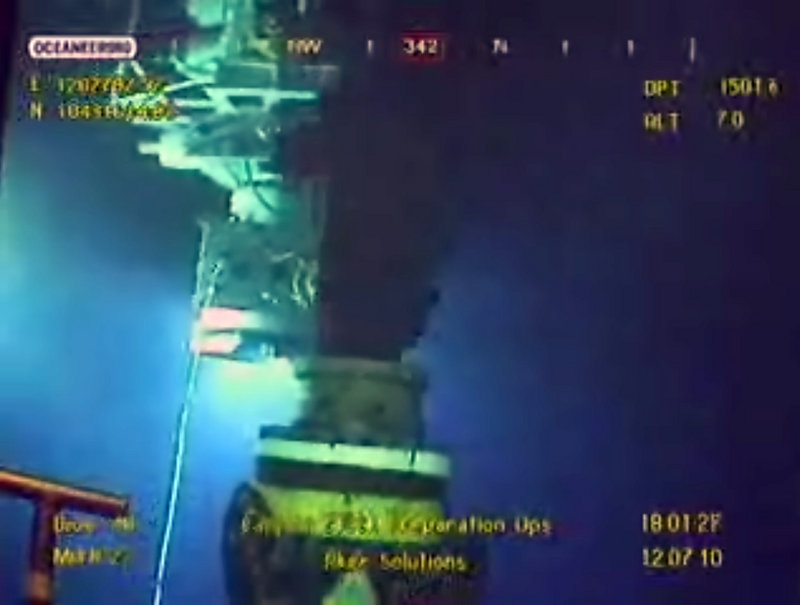
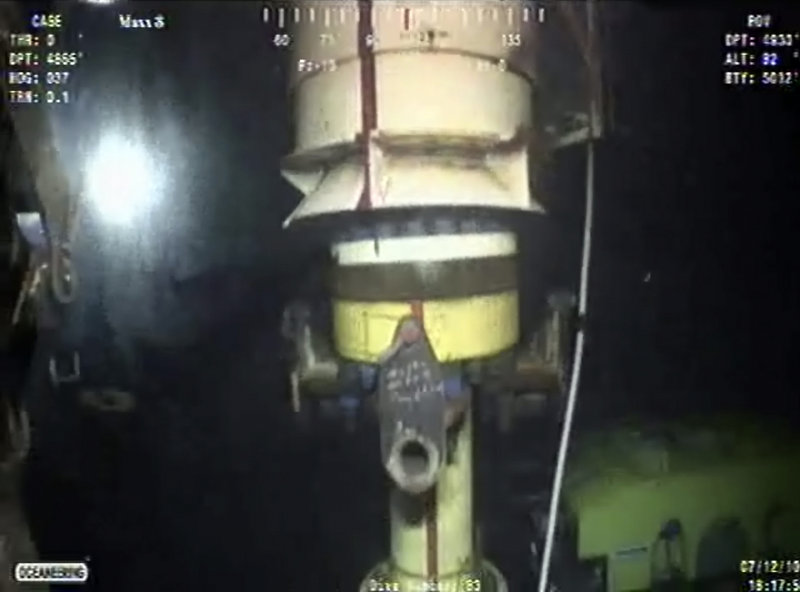

Success. Please wait for the page to reload. If the page does not reload within 5 seconds, please refresh the page.
Enter your email and password to access comments.
Hi, to comment on stories you must . This profile is in addition to your subscription and website login.
Already have a commenting profile? .
Invalid username/password.
Please check your email to confirm and complete your registration.
Only subscribers are eligible to post comments. Please subscribe or login first for digital access. Here’s why.
Use the form below to reset your password. When you've submitted your account email, we will send an email with a reset code.